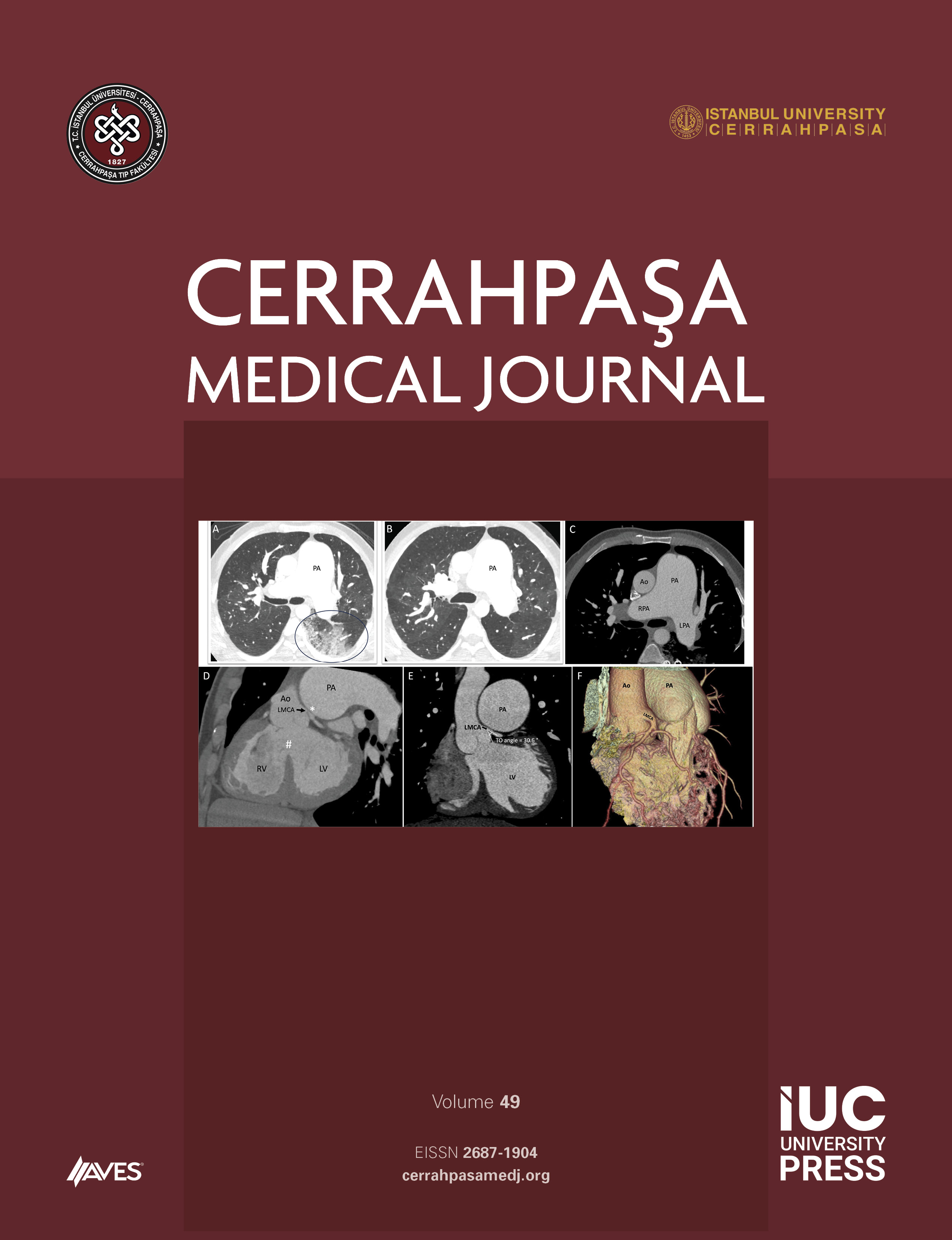Objective: Invasive Candida infections often cause high morbidity and mortality especially in the critically ill or immunosuppressive patients. We analyzed the species distribution and antifungal susceptibility data of 1371 invasive Candida strains isolated in Cerrahpasa Medical Faculty mycology laboratory over 16 years.
Methods: We performed susceptibility tests for the strains isolated from blood or deep sites and/or from patients unresponsive to the initial antifungal treatment, and all results were routinely reported to clinicians. The tests against amphotericin B (AMB) and azoles were performed using Clinical and Laboratory Standards Institute (CLSI) guidelines from 1998 to 2012 and using Etest from 2012 to 2014. The Sensititre YeastOne (SYO) colorimetric method was used to test Candida echinocandin susceptibility between 2012 and 2014. In this retrospective analysis, resistance or non-wild type (non-WT) phenotypes to systemic antifungals were determined by the previous and recently revised CLSI breakpoints (BPs) and by method-dependent species-specific epidemiological cutoff values (ECVs), respectively.
Results: Overall, Candida albicans was the most commonly isolated species (48%) followed by C. parapsilosis (20%), C. glabrata (12%), and C. tropicalis (12%). The new epidemiological BPs provided by CLSI changed the percentage of resistant C. albicans, C. parapsilosis, and particularly C. tropicalis isolates to fluconazole (FLZ). Using the ECVs, reduced susceptibility to FLZ was higher among C. albicans isolates (33.4%), whereas itraconazole (ITZ) was higher in C. glabrata (58.1%) than in all other species.
Conclusion: Antifungal susceptibility tests are a key component of the care of patients with invasive candidiasis. Knowledge of local prevalence of antifungal resistance and susceptibility patterns might affect clinical decision-making.
Cite this article as: Kantarcıoğlu AS, Aygün G. A 16-year analysis of antifungal susceptibilities of invasive Candida spp tested in our daily hospital routine. Cerrahpasa Med J 2019; 43(1): 13-22.



